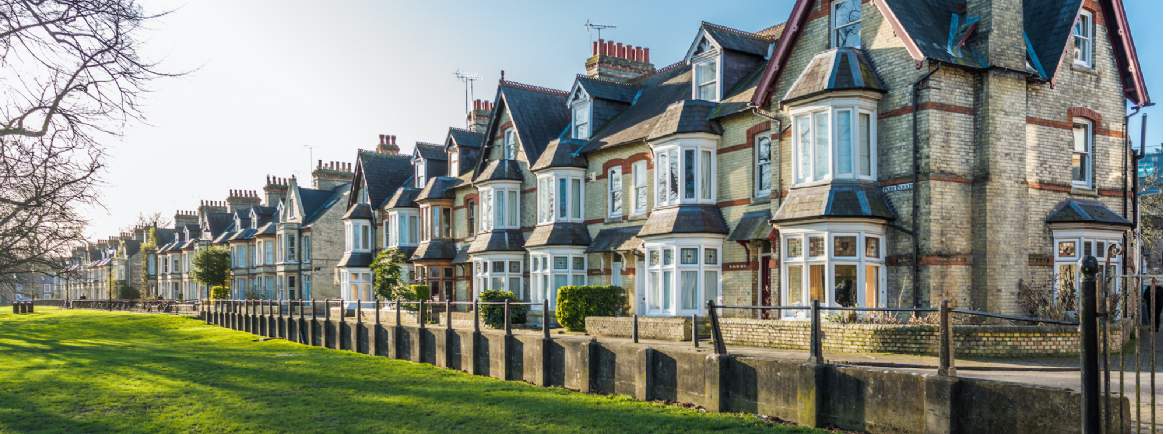The pandemic brought an influx of new tenants. The race for space has been the main motivation for families moving but also many people are choosing to try before they buy – selling and then renting in the immediate term.
The result has been a phenomenally busy rental market with demand far outstripping supply and many properties being let within hours of becoming available.
But what factors will drive the market as we head into the second half of the year, and are these trends likely to continue? Here are the key questions and answers:
With the relaxation of social distancing measures and the vaccine rollout, are people still escaping to the country or are regional towns and cities seeing a resurgence?
We are starting to experience a rebalance in the demand for properties in town and city centres.
There are still those who want to move in search of more space, however with limited stock currently available in the country many families are deciding to compromise and move to a middle ground in more suburban areas. This often allows the best of both worlds – far enough from the centre to benefit from more space as well as good access to the countryside, yet still within easy reach of shops, restaurants and transport links.
The continued success of the vaccine rollout and relaxation of social distancing measures and the reopening of shops and restaurants is also expected to give landlords in towns and cities a further boost.
What types of property are in highest demand?
Well-maintained family homes with plenty of character and modern fixtures and fittings are highly sought after. If you add a separate office space, superfast broadband, contemporary bathrooms and child-friendly outside space you are likely to attract a lot of interest.
We are also beginning to see high-spec apartments attracting more attention as both the corporate and international tenants return to the market.
Is the current demand for family homes and rising rents sustainable?
An extraordinarily busy sales market meant a reduction in rental stock as many landlords took the opportunity to sell. Tenant renewals for family homes also remain high, meaning properties are not returning to the market as quickly as they once were.
Landlords seeing headlines regarding shortages have pushed for higher rents, however rather than paying inflated rental prices tenants are now becoming less area sensitive and wishing to secure better priced homes.
What factors will drive the rental market for the second half of 2021?
In the short term, we expect the strongest rental demand to continue to be for properties in the commuter belt as well as larger family homes. However, the rental growth pattern will continue to evolve in response to further social distancing relaxation.
With evidence that London rents have bottomed out and corporate relocation searches returning to pre-pandemic levels, we expect to see a more sustained return to rental growth in the capital into the second half of this year and through 2022, at the same time tempering demand in the commuter belt. This suggests that 2021 will be seen as the year of standout rental growth for prime properties beyond London.
With demand so high, what are your top tips for potential tenants?
Think realistically about what you can afford. Very few tenancies agreed this year have been for below the asking price – in such a competitive market it’s important to be decisive.
If you work for a company, be sure to let your HR department know to expect and complete quickly a reference request to avoid any unnecessary delays. If you work for yourself, have a chat with your accountant so they can start gathering the relevant support documents.
Finally, if you are already renting, make sure you know the terms of your current contract, break clauses and notice periods so you are 100 per cent sure when you can move.
What advice would you give to landlords to make their properties more appealing?
The general feedback from tenants is that it makes a huge difference to see a property that has been given a fresh lick of paint vs one that hasn’t. Invest time yourself or employ a good decorator to brighten things up. It’s also worth being more flexible for the right tenant. Some landlords have been known to buy a new set of dinner plates or glassware as a goodwill gesture for when someone moves in, others have been happy to consider tenants who have a pet following strong references. Creating a relationship that cultivates loyalty and longevity is a positive move.
Further information
Contact Michelle Keast or Adrian Moody
Contact Savills Residential Lettings


.jpg)




.jpg)

.jpg)
